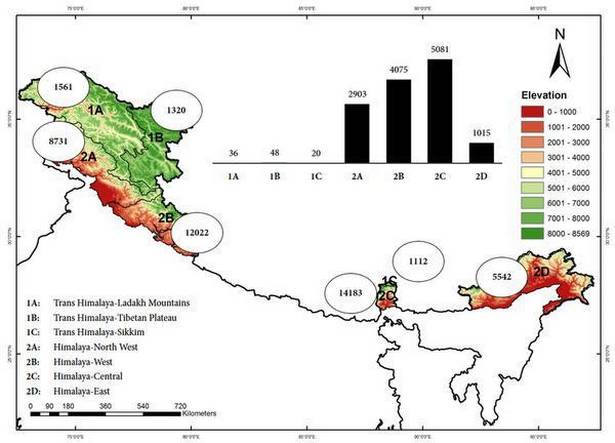The Tumpek Kandang ceremony is a tribute to God of Creator and Preserver (God Shiva).
The most recent Tumpek Kandang ceremony in Bali Zoo was held on October 12. The main purpose of the ceremony was to pray for an eternal safety and a healthy state of the animals, also to hope for a disease-free condition. It was also celebrated in order to respect the meaningful bond that grow in a relationship between human and other well-beings, especially animals, which by some means, the celebration also gave hope to wildlife preservation. What have been mentioned above are essentially aligned with the mission of Bali Zoo, which always put animal preservation on top missions. With that alignment, the ceremonies that had been held at Bali Zoo always sparked joy. During the most recent ceremony, all animals were well-fed with special treats and the temple master sprinkled each of them with holy water. The special treats consisted of food and drink that symbolize a worship to Sang Hyang Rare Angon – an embodiment of Dewa Siwa (God Shiva) whose in power of all beings, notably animals.
In the Hindu philosophy, Tumpek Kandang falls once every 210 days, thus the Hindus are usually celebrating this tradition twice a year and the day always falls on Saturday. For Bali Zoo, Tumpek Kandang is a sacred tradition that has to be commemorated every half-yearly. The zoo celebrates it for the entire animals that reside in the zoo, which in total have reached more than 500 faunas.
.
“The Tumpek Kandang ceremony is a tribute to God of Creator and Preserver (God Shiva). The Hindus are familiar with this ceremony as it is a solemn prayer to ask for animals’ safety, as well as to hope for disease-free and healthy animals. This ceremony is also a way to appreciate compassion towards all animals at Bali Zoo. On a different note, Tumpek Kandang is also associated with Tri Hita Karana, a Balinese philosophy of life. The philosophy teaches us three causes of well-being, one of them is Palemahan which is a Balinese word to remain care about our surroundings and that surely include animals,” said Lesmana Putra, Bali Zoo’s General Manager.
The unique vibe and colorful atmosphere of Tumpek Kandang succesfully attracted many domestic and international tourists that happened to be at Bali Zoo during the ceremony was held. They watched and fascinated by the wonderful rituals. All the employees of Bali Zoo joined the ceremony, they were all wearing their traditional Balinese attire which showed vibrant color and beautiful patterns. They were fully aware that the spirit of this ceremony is to keep the balance between human and animals since they have mutually beneficial relationship. PTI



